19 Moments That Show The Way We Were In The Early ’80s (1980-1983)
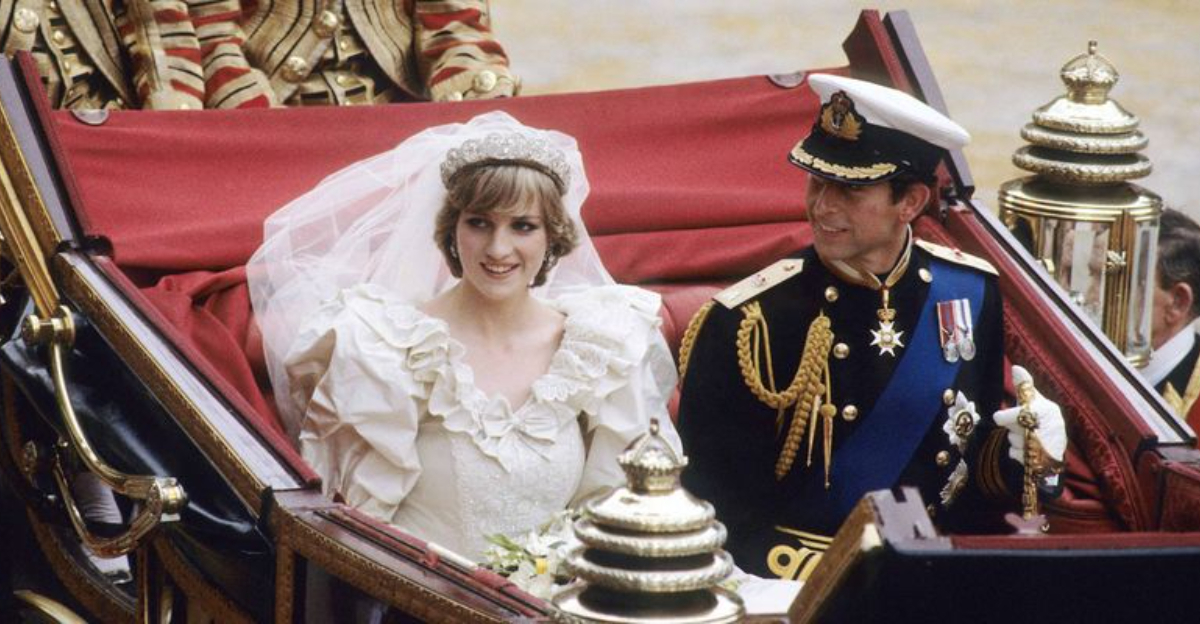
The early 1980s were a unique period that still resonates with many of us today. It was a time of cultural shifts, political changes, and technological innovations that left lasting imprints on our collective memory.
While every era has its defining moments, the early ’80s stands out with its vivid tapestry of events that shaped the world in various ways.
From music revolutions to political milestones, each moment tells a story of transformation. Join me as we take a nostalgic journey through 31 significant events from 1980 to 1983, each a snapshot of life as it was in those formative years.
Whether you lived through these years or are discovering them anew, let’s celebrate the moments that define an unforgettable era.
1. Assassination of John Lennon (1980)

The tragic end of John Lennon on December 8, 1980, continues to evoke deep emotions. Standing outside his New York City apartment, The Dakota, Lennon was a symbol of peace and musical genius. His sudden death shocked fans worldwide, marking not just the end of a life, but the close of an era in music history.
John Lennon was more than a musician; he was a cultural icon whose words transcended borders. The news of his assassination spread like wildfire, dampening spirits and casting a shadow over the world. The Beatles’ legacy, intertwined with his solo career, had been a soundtrack for generations.
In the years that followed, his music continued to inspire and unite. Vigil gatherings and tributes sprang up globally, reflecting the enduring impact of his work. Through his songs, John Lennon left a timeless message of love and peace that still resonates, reminding us of a past where music had the power to change the world. His absence is felt even today, a poignant reminder of the fleeting nature of life.
2. Launch of MTV (1981)
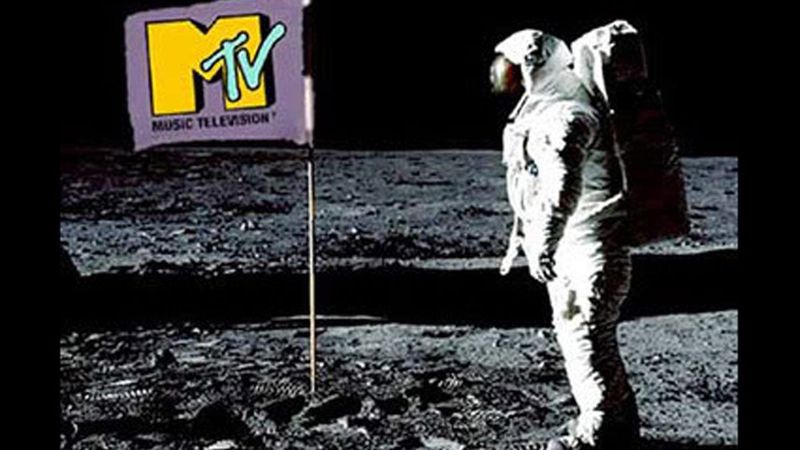
August 1, 1981, marked a revolutionary shift in how we consumed music. The launch of MTV was like opening a new chapter for music enthusiasts. It wasn’t just about listening anymore; it was about experiencing music visually. The first video aired, “Video Killed the Radio Star” by The Buggles, was more than a song; it was a prophecy.
MTV quickly became the go-to platform for discovering new music and artists. It was the era of music videos, where visual storytelling complemented the auditory experience. This innovative approach changed the dynamics of the music industry, giving rise to a new breed of artists who became known for their music videos as much as their music.
For fans, MTV was a cultural phenomenon, a place where they could connect with their favorite musicians and discover new genres. It democratized music in a way never seen before, making it accessible to anyone with a TV. The early ’80s were defined by this exciting new medium, which still resonates with us today.
3. Sandra Day O’Connor Appointed to the Supreme Court (1981)
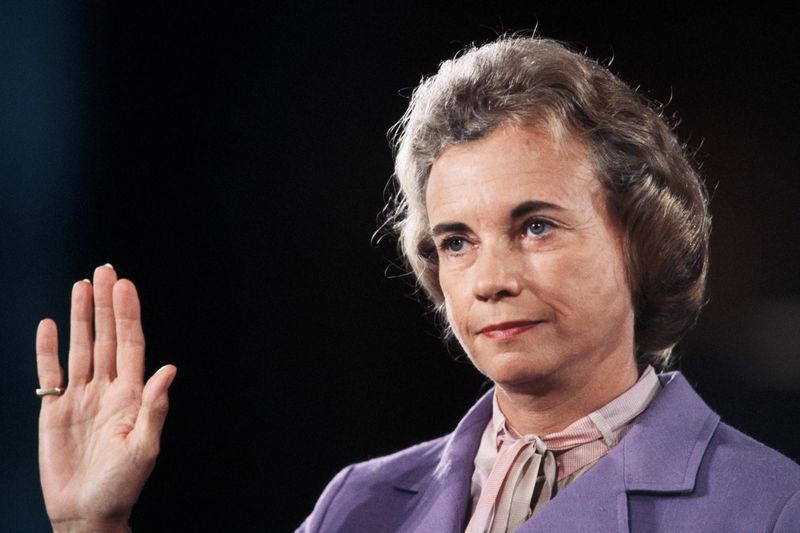
In 1981, the appointment of Sandra Day O’Connor to the U.S. Supreme Court was a groundbreaking moment in American history. As the first woman to hold such a position, O’Connor became a symbol of progress and gender equality. Her appointment was a significant milestone for women in law and politics.
O’Connor’s tenure on the Supreme Court was marked by her pragmatic approach to decision-making. She was known for her ability to build consensus and her moderate views, often serving as a crucial swing vote in important cases. Her presence on the bench encouraged more women to pursue careers in law, inspiring a new generation of female lawyers and judges.
Her legacy is not just about breaking gender barriers, but also about her contributions to the legal landscape of the United States. O’Connor’s influence extended beyond her rulings; she became a role model for women across the country, embodying the potential to achieve greatness regardless of gender. Her appointment was a pivotal moment in the early ’80s, reflecting the changing face of American society.
4. Falklands War (1982)
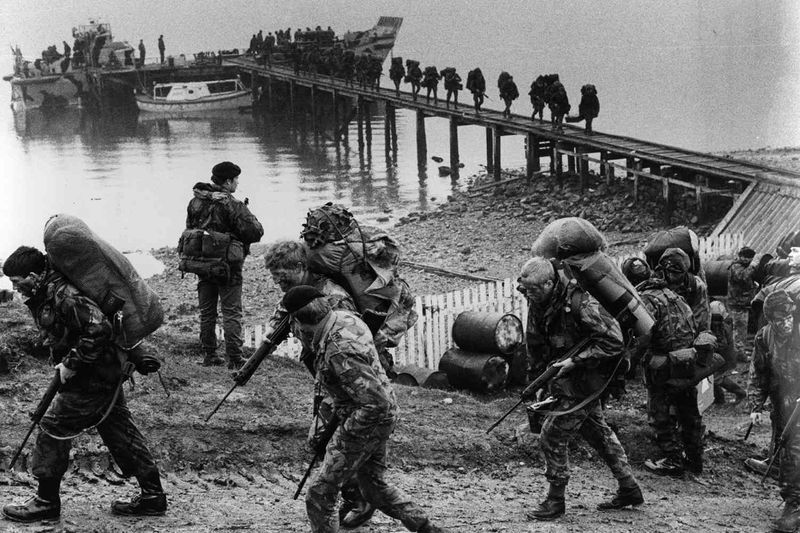
The Falklands War in 1982 was a brief but intense conflict between Argentina and the United Kingdom over the sovereignty of the Falkland Islands. The war began in April when Argentine forces invaded the islands, claiming them as their own. The British government, led by Prime Minister Margaret Thatcher, responded with a military task force to reclaim the territory.
The conflict lasted 10 weeks, with both sides suffering casualties. The rugged terrain and harsh weather conditions made it a challenging battle for both armies. Despite these difficulties, British forces were successful in regaining control of the islands by June.
The war had significant political implications, bolstering Thatcher’s popularity in the UK and leading to political changes in Argentina. It also highlighted the complexities of colonial-era territorial disputes that continued into the late 20th century. The Falklands War remains a poignant reminder of national pride and the impact of geopolitical conflicts.
5. Introduction of the Compact Disc (1982)
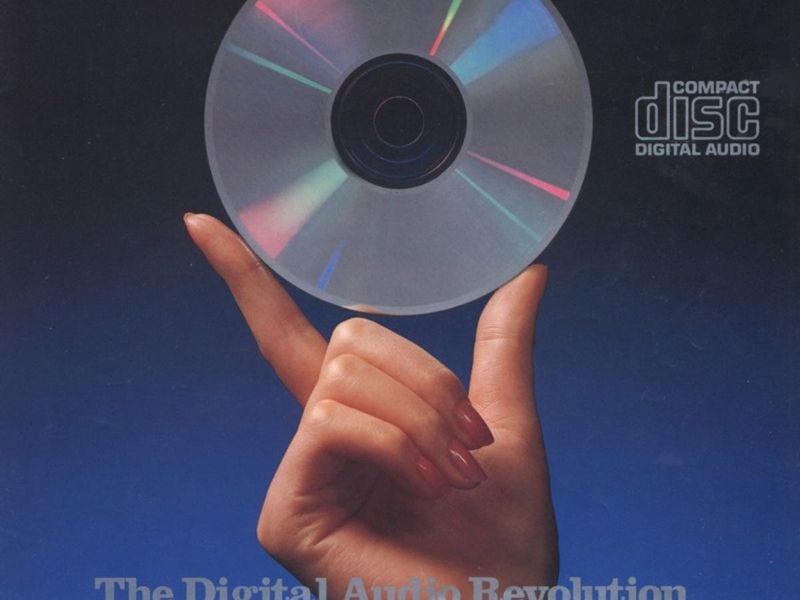
In October 1982, the introduction of the compact disc (CD) marked a significant advancement in music technology. The CD offered superior sound quality and durability compared to vinyl records and cassette tapes, revolutionizing the way people listened to music.
The compact disc was not just about better sound; it was about convenience. With its compact size and increased storage capacity, it quickly became the preferred medium for music lovers. Record companies embraced this new format, leading to a surge in CD production and the re-release of classic albums.
For consumers, the CD was a game-changer. It eliminated the need to rewind tapes or handle delicate vinyl records, offering a seamless listening experience. The introduction of the CD was a pivotal moment in the early ’80s, setting the stage for future innovations in the music industry and digital technology.
6. Pac-Man Fever Sweeps the Nation (1980)
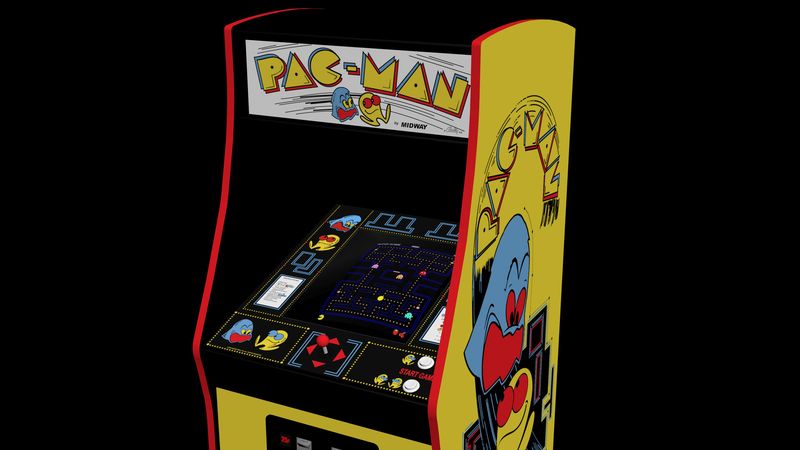
In the early 1980s, Pac-Man became a cultural icon, symbolizing the rise of video games. The game’s simple yet addictive gameplay captivated millions, leading to what is known as “Pac-Man Fever.” Arcades across the world were packed with enthusiasts eager to master the ghost-chasing maze.
This phenomenon wasn’t just limited to gaming; it influenced fashion, music, and even inspired a hit single. The little yellow circle with a voracious appetite became a global sensation, paving the way for the video game industry’s growth.
Its impact is still felt today, as Pac-Man remains a beloved classic.
7. Rubik’s Cube Craze (1980s)

The Rubik’s Cube, invented by Erno Rubik, became an iconic symbol of the 1980s. Its complex design and challenging nature captivated millions worldwide, sparking competitions and a global craze.
The puzzle’s appeal lay in its simplicity yet intricate solution, drawing people from different walks of life to attempt solving it. Rubik’s Cube clubs and contests emerged, with enthusiasts gathering to share strategies and achievements.
Its popularity endures, with the Cube remaining a beloved brain teaser and a nostalgic reminder of a time when simple pleasures reigned supreme.
8. E.T. the Extra-Terrestrial Premieres (1982)

The release of “E.T. the Extra-Terrestrial” in 1982 marked a cinematic milestone, captivating audiences worldwide. The heartwarming story of a young boy named Elliott and his alien friend, E.T., resonated deeply with viewers.
Directed by Steven Spielberg, the film combined adventure, friendship, and a touch of magic, becoming an instant classic. Its impact extended beyond theaters, influencing pop culture, fashion, and even language.
With its iconic imagery and memorable quotes, “E.T.” continues to be celebrated as one of the greatest films of all time.
9. The Birth of Personal Computers (1981)
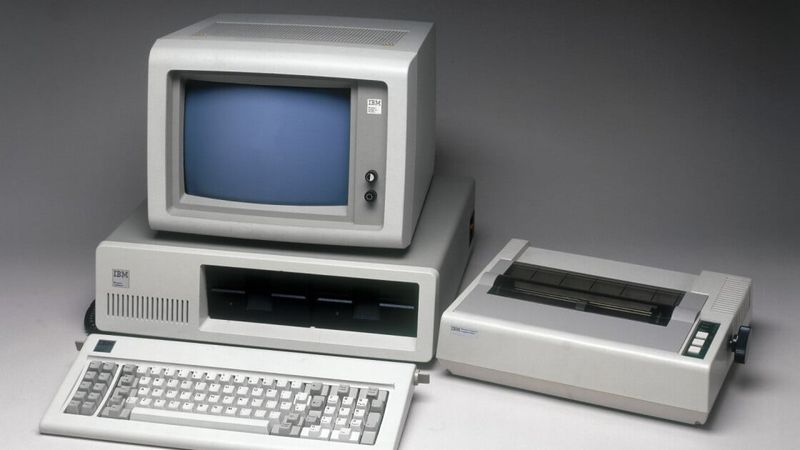
In 1981, the landscape of technology transformed with the introduction of personal computers like IBM’s PC. These machines were no longer confined to businesses; they entered homes, changing the way people worked and played.
With user-friendly designs and practical applications, personal computers democratized technology, making it accessible to a broader audience. This marked the beginning of the digital age, as computing power became a household staple.
The early ’80s saw a surge in interest and innovation, laying the foundation for the technological revolution that continues to shape our world today.
10. The Royal Wedding of Charles and Diana (1981)
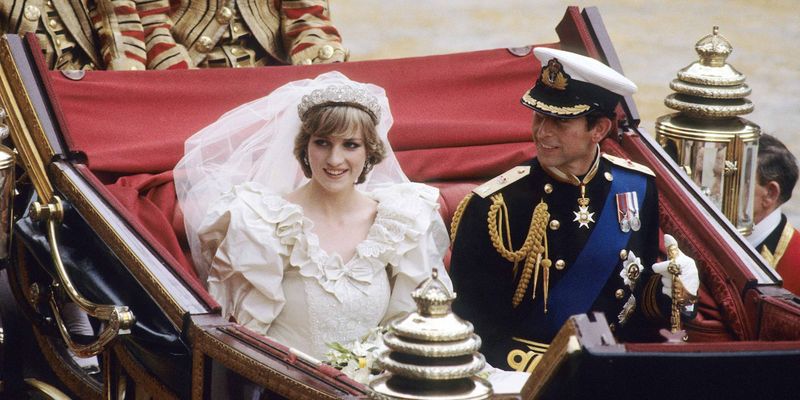
July 29, 1981, witnessed the fairy-tale wedding of Prince Charles and Lady Diana Spencer. Watched by millions across the globe, the event was a spectacle of grandeur and elegance.
Diana’s iconic dress, with its 25-foot train, captivated fashion enthusiasts, setting trends that resonated throughout the decade. The wedding symbolized hope and romance, capturing the imagination of people worldwide.
The union, though filled with challenges, left an indelible mark on royal history, and Diana’s legacy continues to inspire generations.
11. Tron Revolutionizes Special Effects (1982)
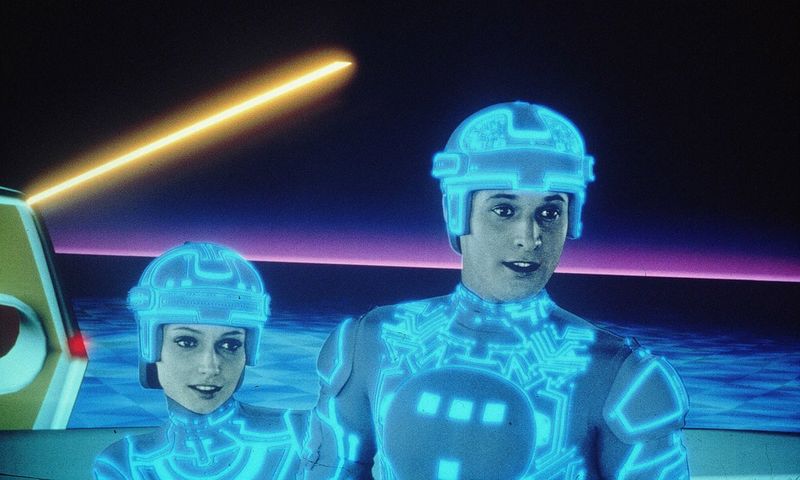
“Tron,” released in 1982, was a groundbreaking film that pushed the boundaries of special effects and computer-generated imagery. Set in a digital world, its innovative visuals mesmerized audiences.
The film’s depiction of a virtual landscape was ahead of its time, blending live-action with computer animation in a way never seen before. Despite mixed reviews, “Tron” gained a cult following and is now revered as a pioneering work.
Its influence on the industry is undeniable, paving the way for future technological advancements in filmmaking.
12. First American Woman in Space (1983)
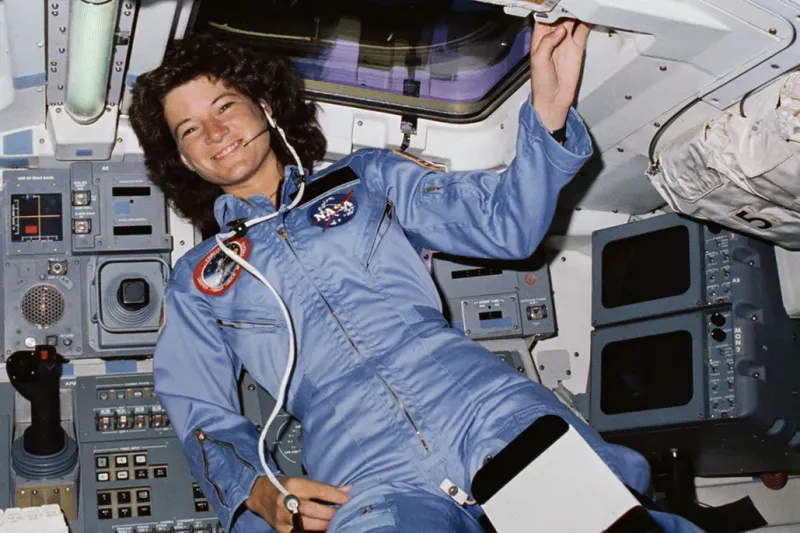
Sally Ride made history on June 18, 1983, as the first American woman to travel into space. Her journey aboard the Challenger was not just a personal triumph but a milestone for gender equality in the sciences.
As a role model, Ride inspired a generation of young women to pursue careers in STEM fields, breaking barriers and challenging stereotypes. Her legacy extends beyond her spaceflight, as she later became an advocate for science education.
Sally Ride’s pioneering spirit continues to influence aspiring astronauts and scientists worldwide.
13. Video Game Crash of 1983

The video game industry faced a major upheaval in 1983, known as the Video Game Crash. Overproduction, poor quality games, and market saturation led to a drastic decline in sales and the industry’s near collapse.
Companies like Atari struggled, as consumer confidence waned. The crash served as a wake-up call, prompting a reevaluation of business practices and quality control.
Though it was a challenging time, the crash paved the way for a more mature and resilient industry that would later thrive with renewed vigor.
14. Compact Disc Player Debuts (1982)
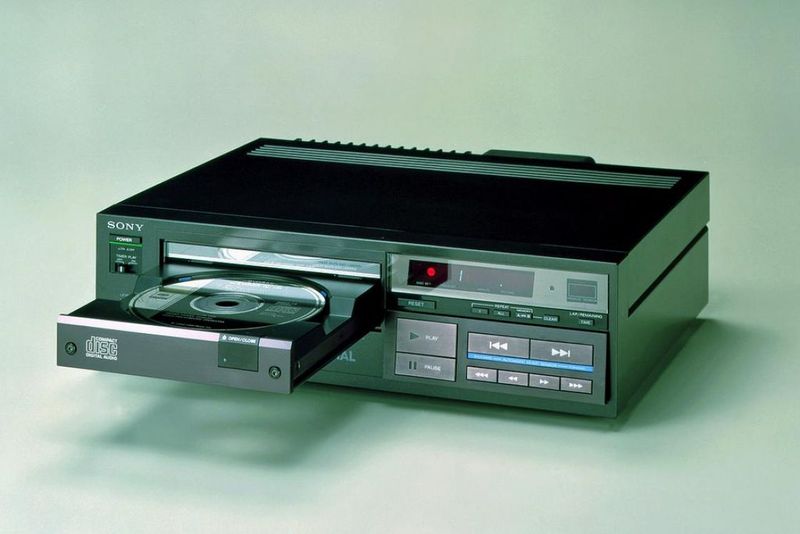
The introduction of the compact disc player in 1982 revolutionized the music industry, offering superior sound quality and convenience. CDs quickly replaced vinyl records, becoming the format of choice for music enthusiasts.
The sleek design and digital clarity appealed to audiophiles, while the technology’s durability promised longevity. This innovation marked the beginning of a new era in audio consumption.
As CDs gained popularity, they sparked debates among traditionalists and tech enthusiasts, underscoring the transformative nature of technological progress.
15. The Computer Mouse Gains Popularity (1981)

In 1981, the computer mouse emerged as a revolutionary tool, transforming how users interacted with computers. Its intuitive design allowed for more efficient navigation and accessibility.
The mouse’s popularity soared with the introduction of graphical user interfaces, making computing more user-friendly. This innovation democratized technology, enabling a wider audience to engage with computers.
Today, the mouse remains an essential accessory, a testament to its enduring impact on the evolution of personal computing.
16. Microsoft Releases MS-DOS (1981)
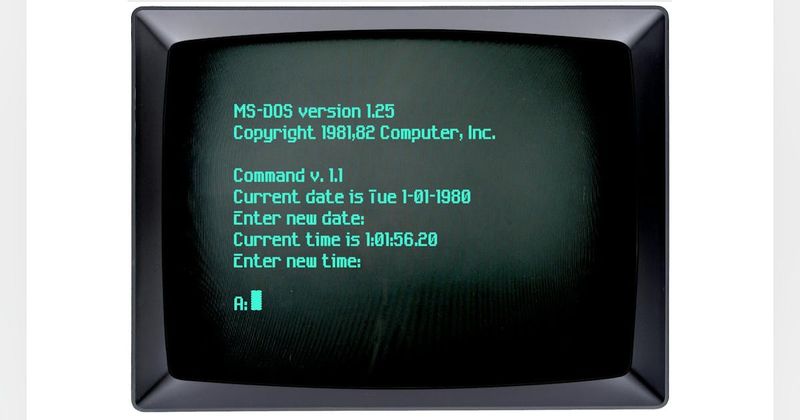
In 1981, Microsoft released MS-DOS, a pivotal operating system that became the foundation for personal computing. Its command-line interface offered users flexibility and control over their machines.
MS-DOS’s success solidified Microsoft’s position as a leader in the tech industry, setting the stage for future innovations in software development. Businesses and consumers alike embraced the system, recognizing its potential to transform work and play.
The legacy of MS-DOS endures, as it paved the way for the user-friendly operating systems we rely on today.
17. Flashdance Sparks Fashion Trend (1983)
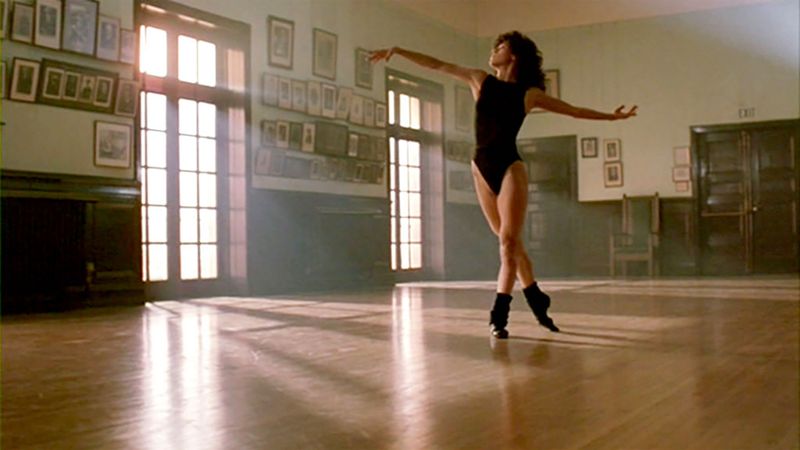
The 1983 film “Flashdance” ignited a fashion craze with its iconic dancewear, including leg warmers and off-shoulder sweatshirts. These styles became synonymous with the vibrant, energetic spirit of the ’80s.
The movie’s soundtrack, featuring hits like “What a Feeling,” further fueled its popularity, inspiring a generation of dancers and fashionistas alike. The choreography and costumes captured the decade’s exuberance and creativity.
“Flashdance” remains a cultural touchstone, celebrated for its influence on both fashion and music.
18. Nintendo Releases Donkey Kong (1981)

In 1981, Nintendo released “Donkey Kong,” a game that introduced players to the heroic plumber, Mario. Its engaging platform gameplay and memorable characters captured the imagination of gamers.
The game’s success marked the beginning of Nintendo’s ascent as a major force in the video game industry. “Donkey Kong” laid the groundwork for future classics, influencing game design and storytelling.
Today, it remains a beloved title, celebrated for its role in shaping the gaming landscape and introducing iconic characters to the world.
19. Michael Jackson’s Thriller Album (1982)
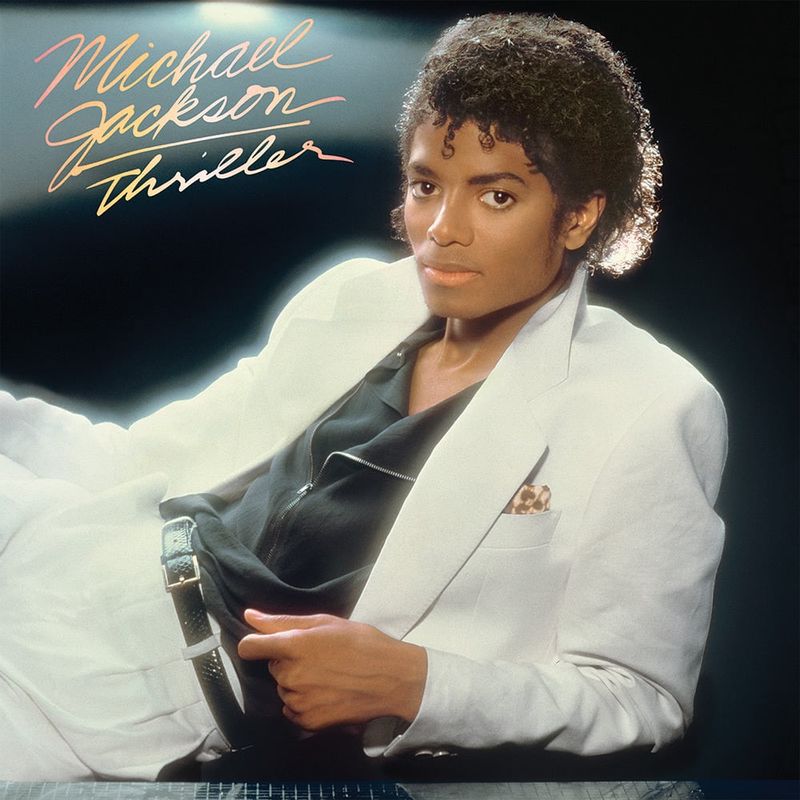
Released in 1982, Michael Jackson’s “Thriller” album became a cultural phenomenon, breaking records and redefining the music industry. Its innovative music videos and infectious tracks captivated audiences worldwide.
The album’s title track, along with hits like “Beat It” and “Billie Jean,” showcased Jackson’s unparalleled talent and creativity. “Thriller” remains the best-selling album of all time, a testament to its enduring appeal and influence.
Jackson’s artistry and the album’s impact continue to resonate, inspiring musicians and fans across generations.
